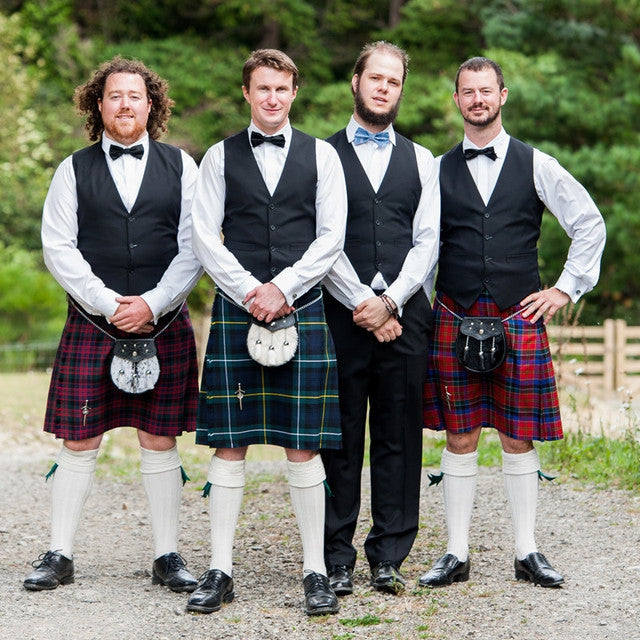Introduction
Kilts, with their rich history and timeless charm, have captured the hearts of many worldwide. Originating from Scotland, these iconic garments have evolved to symbolize tradition, style, and cultural pride. In this comprehensive guide, we delve into the fascinating world of kilts, exploring their uses, types, historical significance, materials, and their role in various events and occasions.
Uses of Kilts
Kilts are versatile garments suitable for a wide range of occasions and activities. Traditionally worn by Scottish Highlanders, kilts were primarily used as everyday attire, offering comfort and freedom of movement. Today, kilts are worn for both formal and casual events, including weddings, festivals, Highland games, ceilidhs, and cultural celebrations. Additionally, kilts have become popular attire for military ceremonies, pipe band performances, and historical reenactments.
Types of Kilts
While the classic Scottish tartan kilt remains the most iconic, there are various types of kilts, each with its unique style and origin:
-
Traditional Scottish Tartan Kilts: Made from wool and featuring distinctive tartan patterns representing different Scottish clans and regions.
-
Utility Kilts: Modern variations of kilts designed for practicality and functionality, often featuring cargo pockets and durable fabrics like cotton or denim.
-
Irish Kilts: Inspired by traditional Irish attire, these kilts are typically made from solid-colored fabrics such as wool or tweed and may feature Celtic embellishments.
-
Welsh Kilts: Reflecting Welsh heritage, these kilts often feature the iconic Welsh tartan and are worn for cultural events and celebrations.
Events and Occasions
Kilts add a touch of elegance and tradition to various events and occasions, including:
-
Weddings: Kilts are a popular choice for grooms and wedding parties, adding a sense of heritage and sophistication to the celebration.
-
Highland Games: Participants and spectators alike don kilts during Highland games, showcasing Scottish culture through athletic competitions, music, and dance.
-
Festivals: From Scottish festivals to cultural gatherings worldwide, kilts are a common sight, symbolizing unity and pride in heritage.
-
Military Ceremonies: Military personnel often wear kilts during formal ceremonies and parades, paying homage to Scottish military traditions.
-
Concerts and Performances: Pipe bands and musicians frequently wear kilts during performances, embodying the spirit of Scottish music and culture.
History of Kilts
The history of kilts dates back centuries, with origins rooted in Gaelic Scotland. Early versions of kilts, known as "féileadh mor" or "great kilt," consisted of a large piece of tartan fabric draped and belted around the body, serving as both clothing and a blanket. Over time, kilts evolved into the tailored garments we recognize today, becoming synonymous with Scottish identity and pride.
Materials
Kilts are crafted from a variety of materials, each offering unique characteristics and aesthetics:
-
Wool: Traditional Scottish tartan kilts are typically made from wool, prized for its durability, warmth, and vibrant colors.
-
Cotton: Lightweight and breathable, cotton kilts are ideal for warmer climates and casual wear.
-
Tweed: Often used in Irish and Welsh kilts, tweed is a sturdy woolen fabric known for its rustic charm and textured appearance.
-
Denim: Utility kilts are commonly made from denim, providing durability and a modern aesthetic suited for everyday wear.
Kilt Packages
For those looking to embrace Scottish tradition in style, kilt packages offer a convenient way to acquire a complete outfit. These packages typically include a kilt, jacket, sporran, belt, hose, and other accessories, providing everything needed for a polished and authentic look.
Conclusion
In conclusion, kilts hold a special place in the hearts of many, representing heritage, tradition, and timeless style. Whether worn for weddings, festivals, or military ceremonies, kilts embody the spirit of Scottish culture and pride. With their versatility, rich history, and enduring appeal, kilts continue to captivate and inspire people around the world, serving as a symbol of tradition and

